Student Testimonials
Kristina Finnelli
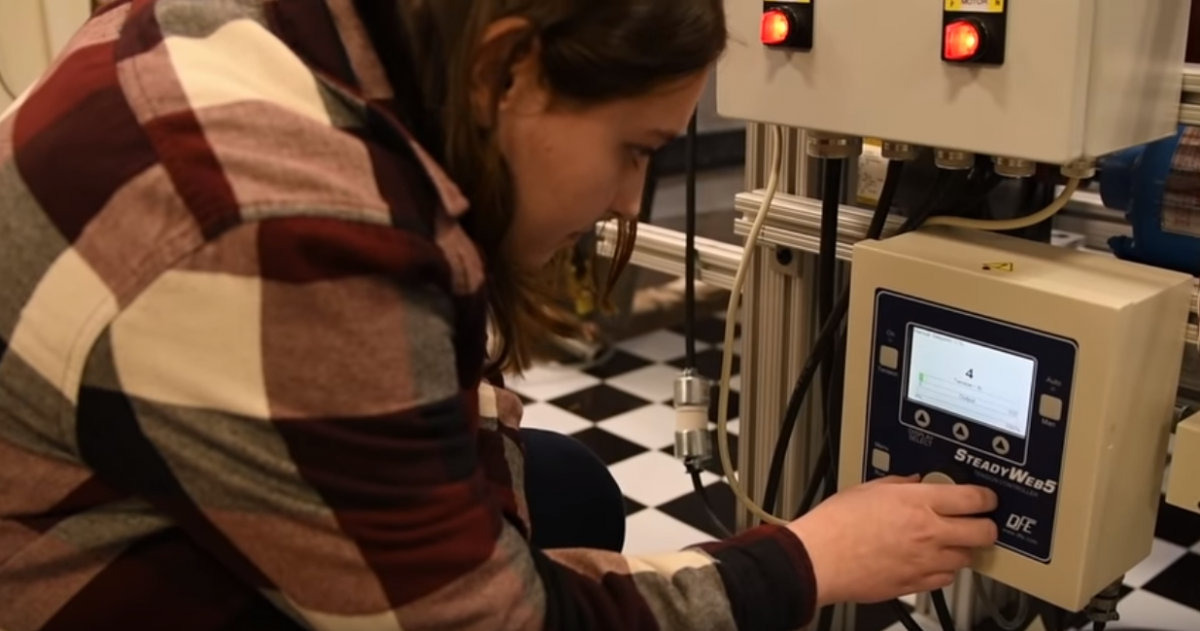
I am an MSI (masters of science in instrumentation) student working with Professor Thomas Hemmick.
My research project is to help design the line laser calibration system for the Time Projection Chamber (TPC), which will be the central tracker of the sPHENIX detector at RHIC. A compact, steerable, ionizing laser calibration system will be used to provide a known track that allows us to study the evolving components of the distortion throughout the TPC. I have been working on simulations of this system so we can understand how to improve our calibration efforts and what the limits will be.
I think receiving a certification specifically in accelerator science and engineering will be helpful in standing out in that field.
I am about to be finished with the courses necessary for the traineeship but will be continuing research for at least a semester.
The financial assistance has allowed me to focus more on what I am learning and my research, where otherwise I may not have been able to. This will leave me in a better place once I graduate. I think if a student is already interested in focusing on accelerator physics, there is no reason not to apply for the traineeship program; taking additional classes will prepare you better if this is what you want your career to be, and leaving graduate school with a certificate will help you find a job later.
Pietro Iapozzuto
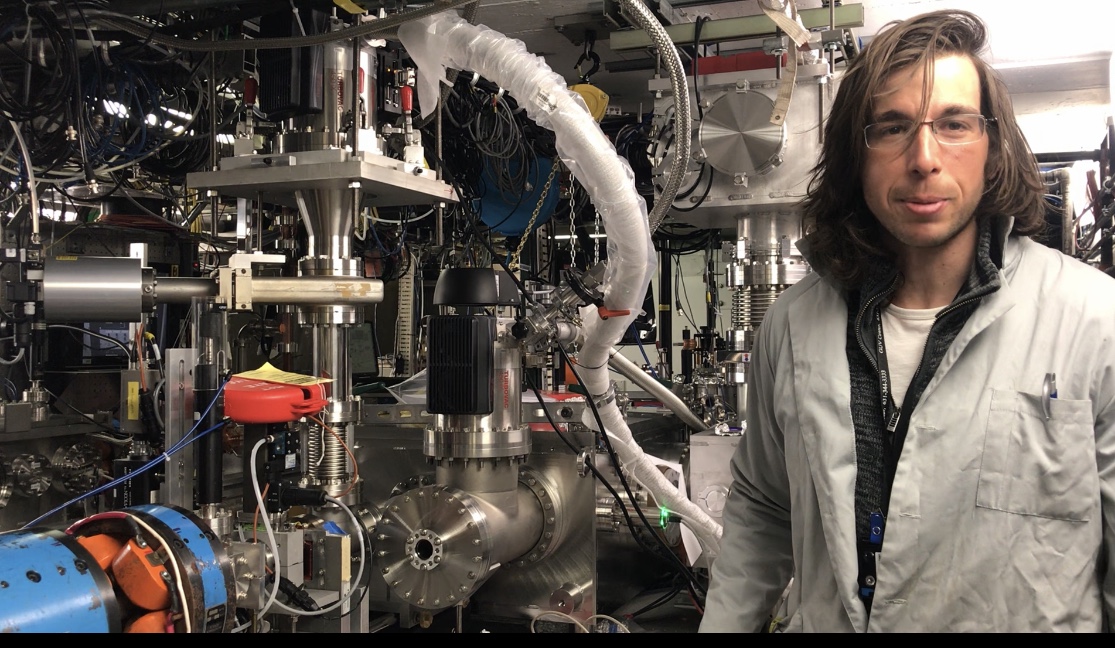
I am pursuing a masters degree.
My project involves Plasma Wakefield Acceleration. The advancement of compact accelerators will have tremendous impact in the medical field. My responsibilities were to build a plasma Wakefield chamber, design and install components such as the differential pumping system, and the beam profile monitor system.
Participating in the program trained me in specific classes that otherwise I would have not taken and makes me knowledgeable in the current developments in the field. It helps in learning the jargon and gives one a basis to start doing research where otherwise it might be difficult understanding even group meetings. It also allows one to interact and speak with specialists in the field. My career goal is to become a professor and research scientist working in a government lab in the accelerator field.
I am 3 credits away from finishing the traineeship
The traineeship allowed me to consider a field in accelerator physics. I like that the professors are from different locations which give a different perspective and gives variety. The classes are condensed in a big time slot once a week which I like.
The traineeship program changes things up from the regular Stony Brook classes, which do not give you specialized knowledge for your research. If you are interested in accelerators you need to have a background to understand the jargon and the technicalities and to be able to communicate. This program teaches you that. Again I like that the professors are from different locations which gives diversity and also networking potential.
Grace Kim
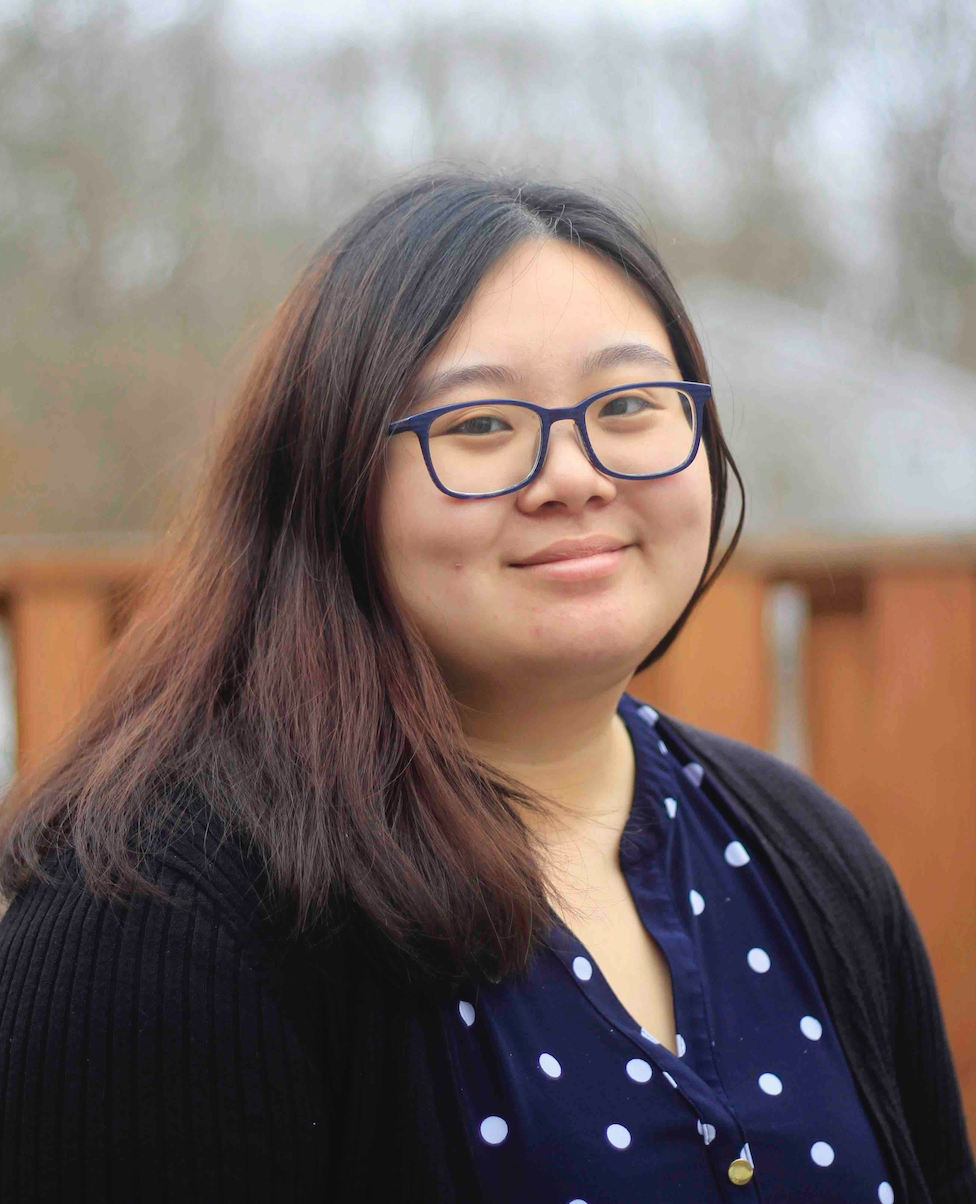
I am a Ph.D student currently working with Prof. Navid Vafaei-Najafabadi
The objective of our research is to create a meter-scale plasma channel. The current method we are using to achieve this is by using a method called Flying Focus which uses a diffractive lens to longitudinally disperse the light. My research is numerical modeling laser wave propagation and the ionization process involved.
The traineeship program helped me gain a great deal of background knowledge in the field of accelerator physics particularly since I’m new to the field. The courses I have taken so far have helped me make valuable connections with the research that I am currently working on. I became a part of the traineeship because I wanted to have a more solid understanding of accelerator physics and explore the interdisciplinary aspects of the field. I believe that other students should become involved in the traineeship if they are interested in this field to become more well-rounded and participants receive a certificate at the end of the program which will assist in further career and research opportunities in accelerator physics.
Arun Kingan

I am a masters student working with Axel Drees.
My research is on analyzing the data from the PHENIX experiment on the Relativistic Heavy Ion Collider (RHIC) at Brookhaven National Laboratory. Specifically I am studying proton-gold collisions and measuring the direct photon yield so as to better understand the onset of Quark Gluon Plasma (QGP) in heavy ion collisions. My day to day responsibilities consist of writing and fine tuning the analysis code.
The traineeship provided a comprehensive education in accelerator science, which has clear applications to studying heavy ion collisions (i.e. the collision part). While it is unclear at the moment whether I will continue studying heavy ion collisions throughout my PhD and beyond, accelerator science also has applications in numerous other fields like material science, biology etc. I am sure in whatever area of research I end up in, the information I’ve learned through this traineeship will be invaluable.
I will be finishing the program at the end of this semester
I particularly enjoyed the introductory classes. They provided information over a broad scope, which I found to be the most interesting. Particularly the lessons on all the different applications of accelerators were the best.
Accelerator science has applications in almost all areas of STEM. Wherever your personal research interests lie, participating in this program will give you a well-rounded education which will ultimately aid you in your research.
Nikhil Kumar
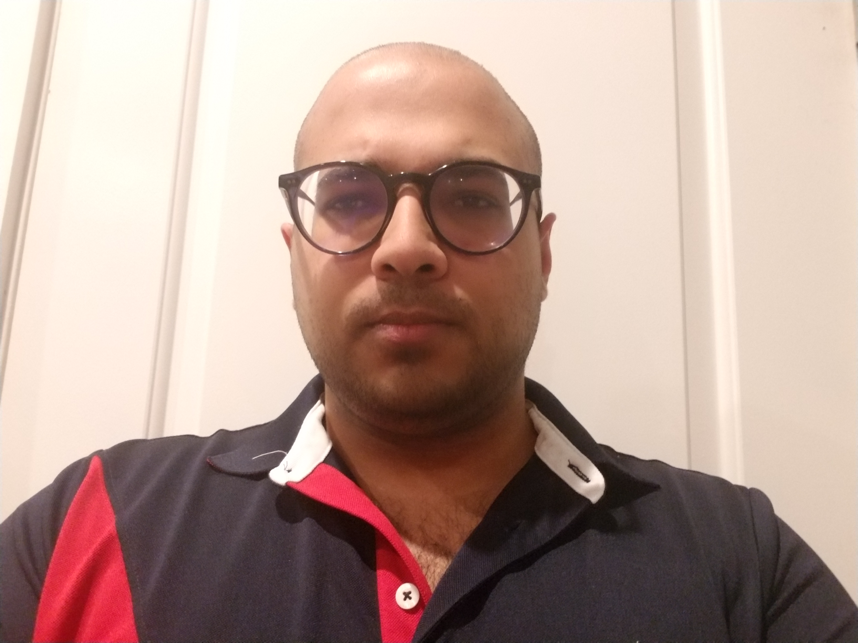
I am a masters of science in instrumentation student.
My research project involves the diffuse laser system for the sPHENIX TPC (Time Projection Chamber). The diffuse laser system will allow us to monitor dynamic space charge inside the TPC. My responsibilities lie with ensuring adequate light uniformity on the central membrane, and certain aspects of the manufacturing of the central membrane.
I think it is important to understand the systems we are using on a large scale. I intend to work with a national lab, either after pursing a PhD, or directly after my MSI program.
I have nearly completed the traineeship program requirements. My masters will continue for one more year.
There are interesting classes to take and lots of people active in the field teaching us. I wish I had been able to get some more hands on experience though.
It is an interesting and short program. It is funded by the US Dept. of Energy and financial support is a possibility for US citizens and permanent residents.
Jonathan Lee
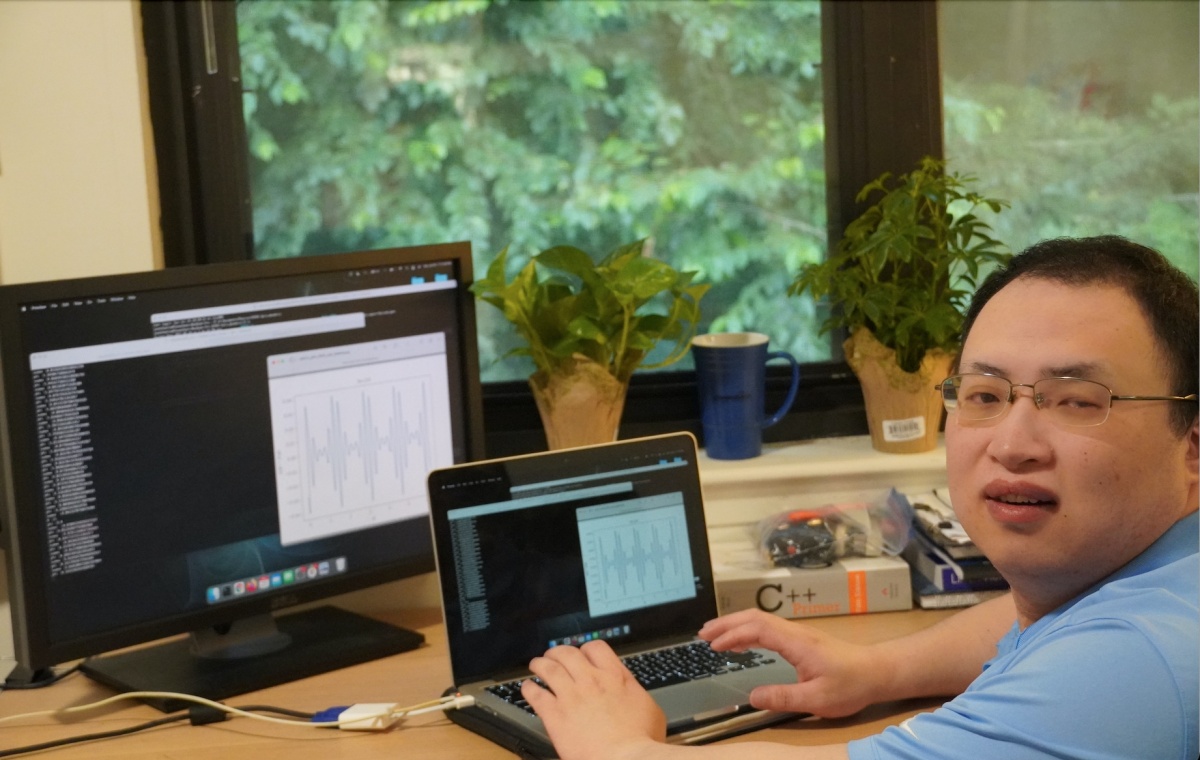
I am a PhD student. I work with Dr. Y. Semertzidis, Dr. W. Morse and Dr. F. Meot
My research project is to provide design and computational support in the proton EDM project, with a strong focus on spin dynamics in the storage ring and impact on the design and specifications regarding its optical components.
By participating the Ernest Courant Traineeship program, I gain fruitful theoretical knowledge and hands-on simulation experience in the field of accelerator physics. The Ernest Courant Traineeship program improves my academic knowledge and boosts my technological skills towards my research career of accelerator physics. My career goal is to be a computational accelerator physicist.
I have been in the program one semester (starting from Spring 2021)
Besides the funding opportunities, I gain broad academic knowledge in accelerator physics from various courses (Stony Brook and USPAS), I also receive much useful information that would help me prepare to pursue my career goal.
The Ernest Courant Traineeship program educates students to be accelerator physicists from the professional perspective. It helps students who are interested in accelerator physics explore their career in this area.
Song Ye Liang

I am a PhD student in Electrical Engineering.
As a PhD candidate in Electrical Engineering, I am currently focused on Wakefield plasma acceleration and quantum physics as it really interests me. By participating in the Ernest Courant Traineeship in Accelerator Science and Technology Program, I have been exposed to this subject and am now able to access a very specialized curriculum offered by the Physics Department at Stony Brook and concentrate on expanding my knowledge in Plasma and Wakefield Accelerators. I am also gaining theoretical knowledge in plasma physics and will apply that knowledge into the engineering field, thereby merging accelerator physics with electrical engineering area.
So far, I am in my first semester in this program and I am excited about having such a unique opportunity to engage in this level of education not only in accelerator physics but also in quantum physics which can help me to hone specialized skills that will enhance my future career potential.
Yuan Hui Wu
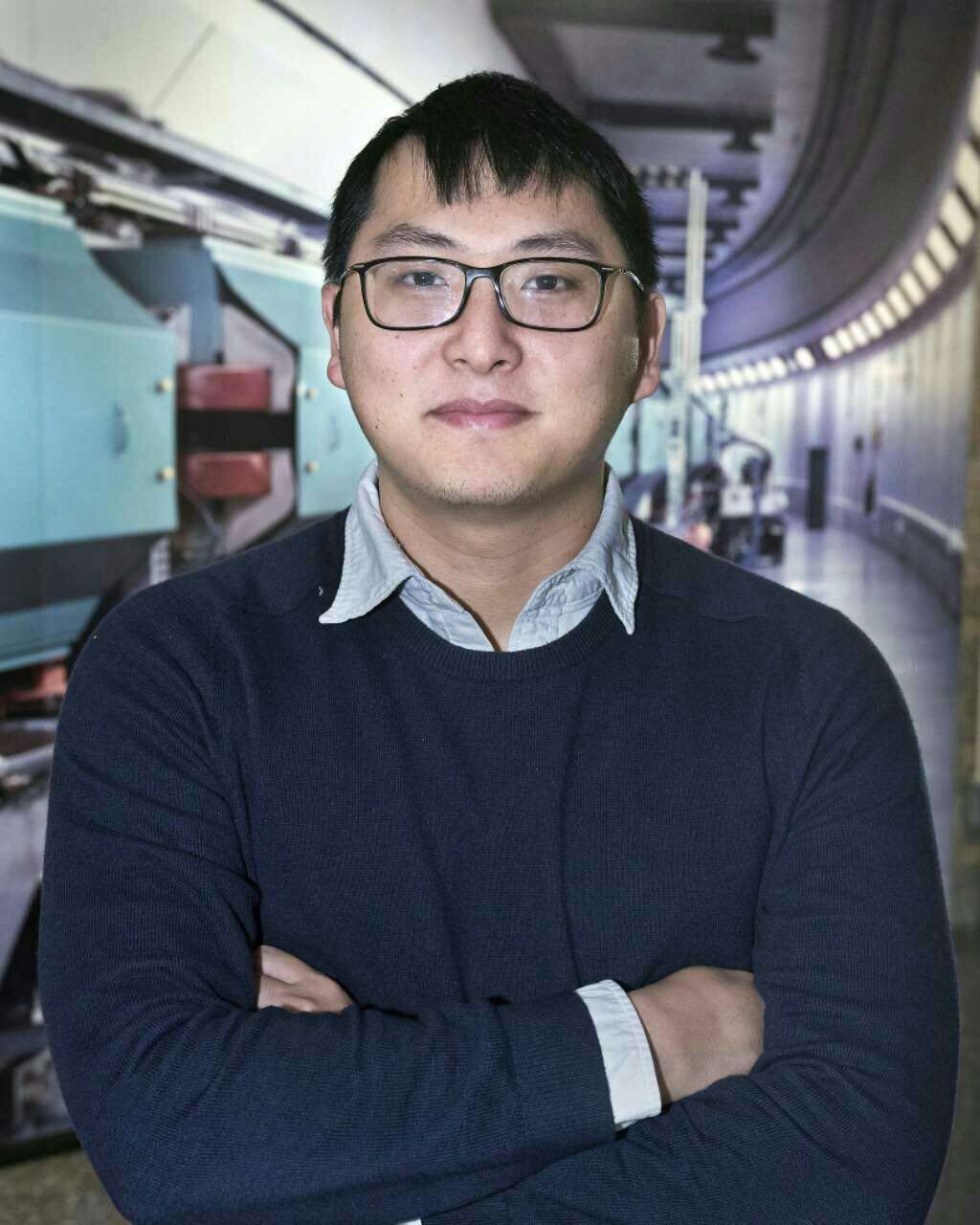
I am a masters student.
I am working on a research project at Brookhaven National Laboratory (BNL). The project is related to particle accelerator research. The research will be important for the current collider at BNL to increase its luminosity. My responsibilities are to operate, design and simulate the performance of the accelerator.
My career goal is to become an Accelerator Physicist. The traineeship program gives me the opportunity to work with scientists around the world and gain many valuable experiences.
I finished the program and joined Brookhaven National Laboratory as full-time this year.
The best part of the traineeship program is that I can work with scientists around the world on a project which is closely relate to current physics research.
I will highly recommend this program to other students. Students can work with people who are really good at this area. Particle accelerator research is also very important part of next generation physics research.
